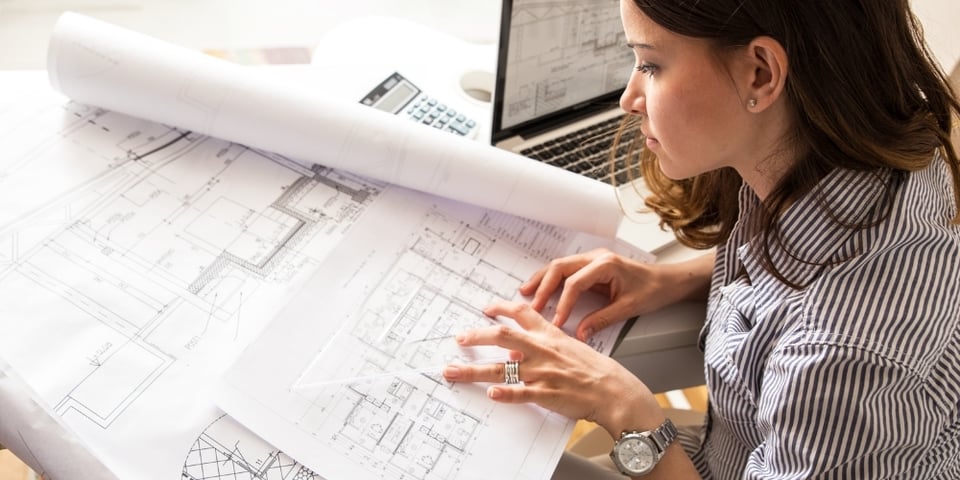The Integrated Design And Planning Services For Smarter Land Use
Integrated design and planning services for smarter land use play a crucial role in shaping sustainable urban environments. These services combine innovative strategies with comprehensive land management techniques to optimize land usage while considering environmental, social, and economic factors. The approach typically involves multi-disciplinary collaboration between urban planners, architects, environmental scientists, and engineers to design spaces that are functional, accessible, and sustainable. Central to these services is the concept of smarter land use, which aims to maximize the value of land through careful, efficient, and thoughtful planning that meets the needs of both current and future populations. One of the core components of smarter land use is the efficient management of natural resources. By incorporating green building techniques, renewable energy sources, and water-efficient technologies, these design services can reduce the environmental footprint of urban developments. Moreover, they prioritize maintaining biodiversity, protecting natural habitats, and minimizing pollution.

Furthermore, integrated design and planning services place a strong emphasis on mixed-use development, which blends residential, commercial, and recreational spaces. This approach fosters vibrant, walkable communities that reduce dependence on cars, encouraging healthier lifestyles and more sustainable transportation options. By strategically locating essential services such as schools, healthcare facilities, and public transit hubs, these plans promote greater social cohesion and accessibility, ensuring that all community members can benefit from the developments. Smart land use also takes into account the integration of digital technologies into the urban fabric. This can involve the use of data analytics, artificial intelligence, and smart infrastructure to improve traffic flow, waste management, energy distribution, and overall city functionality. By incorporating these technologies, urban areas become more efficient and adaptable, offering better services to citizens while minimizing resource consumption and maximizing long-term economic benefits. Moreover, participatory planning is a key element of integrated land use services.
Involving local communities in the decision-making process ensures that the needs and desires of residents are taken into account. This engagement not only leads to more inclusive and equitable developments but also fosters a sense of ownership and pride among community members, which can enhance the overall success of the project. In conclusion, integrated design and planning services for smarter land use aim to create sustainable, livable, and resilient urban environments that meet the demands of modern populations and see here to get more info https://techbullion.com/unlocking-the-potential-of-your-land-a-comprehensive-guide-to-land-planning-and-engineering-design/. By blending technology, sustainable practices, and community engagement, these services help shape cities that are not only better for the environment but also offer improved quality of life for their inhabitants. The result is a harmonious balance between development, nature, and society, where each element contributes to a more sustainable and prosperous future. With climate change becoming an increasingly urgent concern, this focus on environmental sustainability is essential for fostering resilient cities that can adapt to shifting conditions while improving the quality of life for residents.
